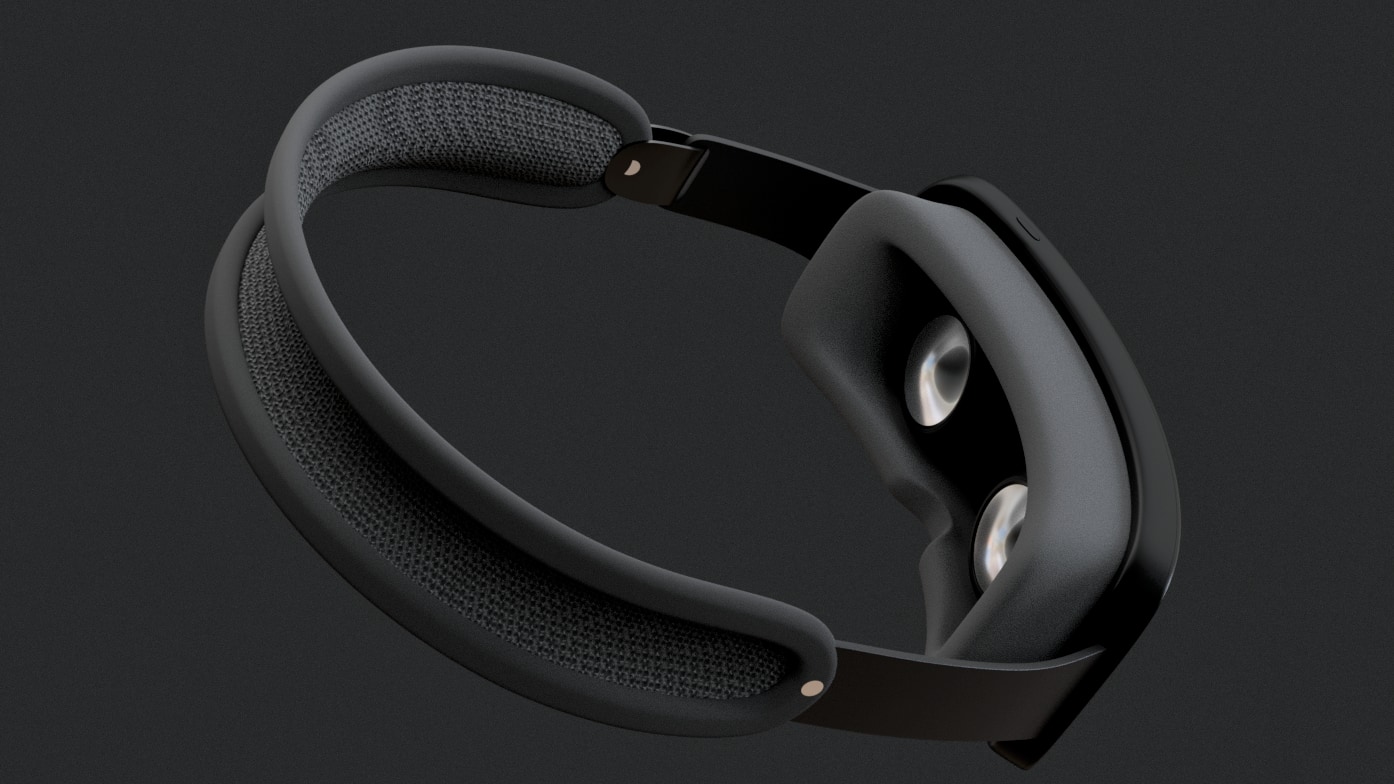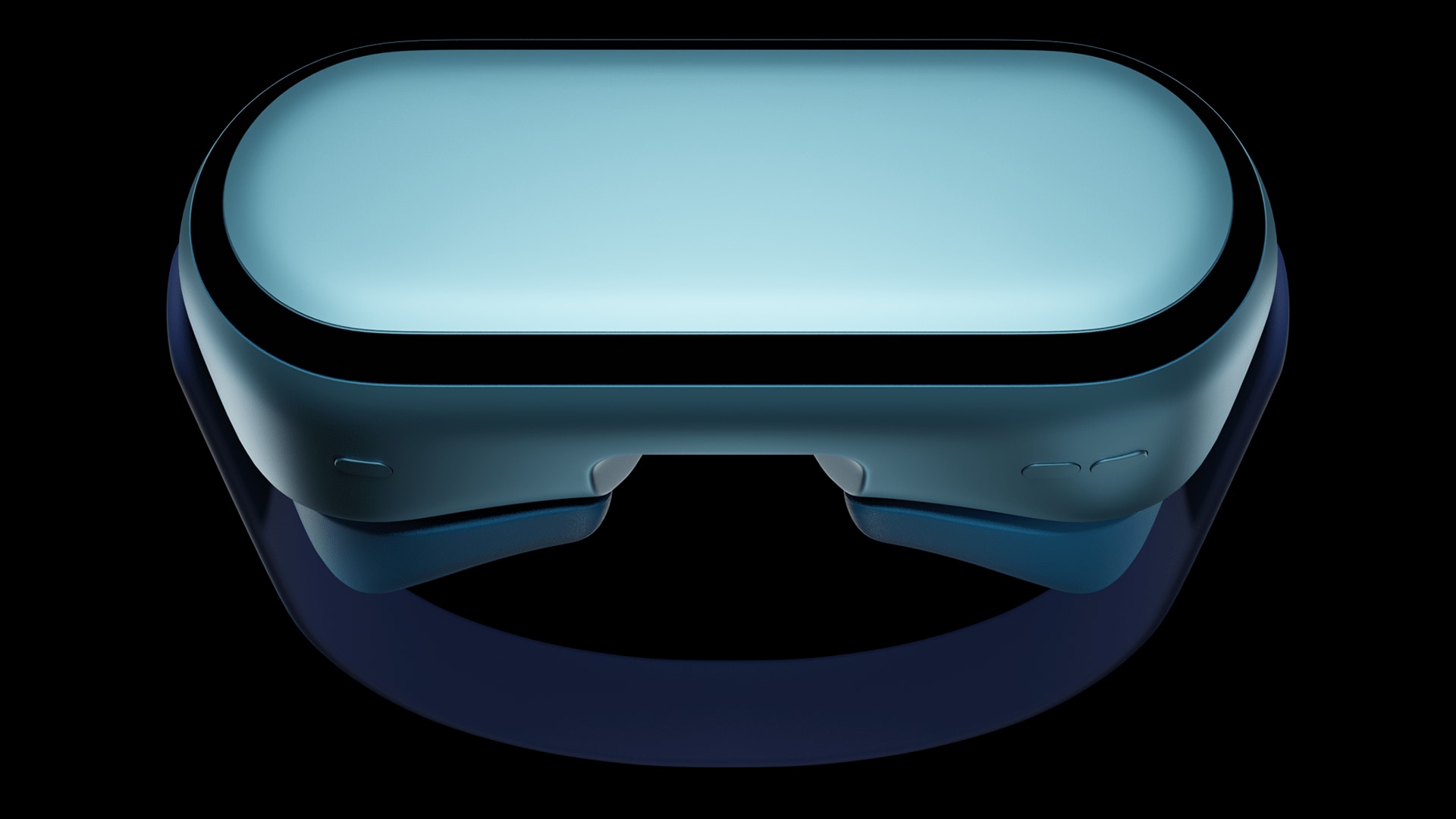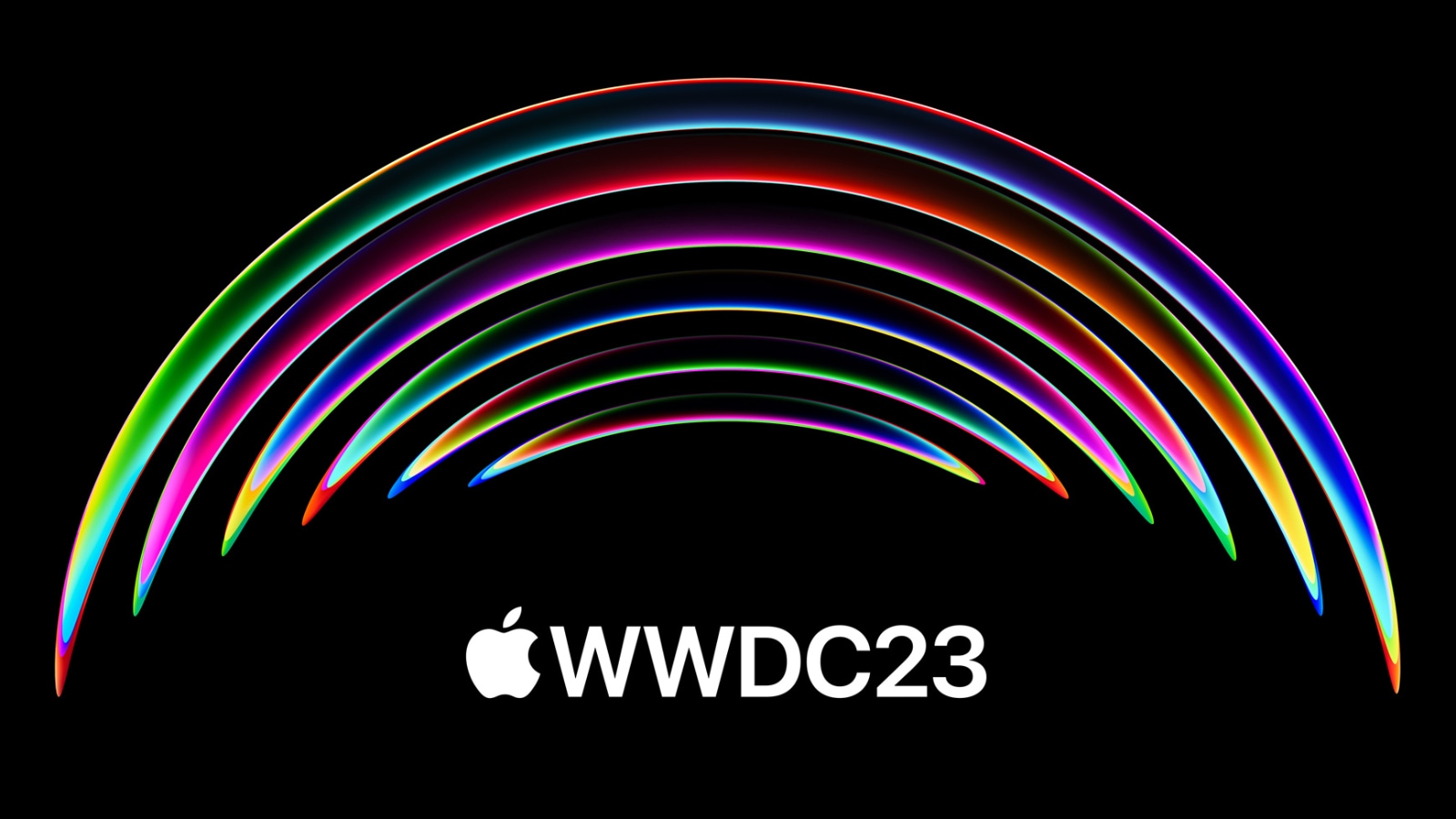The former design tzar is no longer associated with the iPhone maker, but he has apparently influenced at least three distinct features of an Apple headset.
Mark Gurman’s Power On newsletter for Bloomberg says leading Apple execs are involved in its headset, a mixed-reality device seven years in the making. Former Dolby executive Mike Rockwell oversees headset engineering, with a source saying that “He’s an utter genius and if anyone can get this done, it’s him.”
The project was heavily influenced by Jony Ive, Apple’s former chief of all design, who left the company in 2019 to start his own design firm, LoveFrom.
Apple’s design consultancy agreement with LoveFrom, valued at $100+ million, ended in 2022. Ive no longer co-operates with the Cupertino tech giant, but was nevertheless responsible for the following headset features.
1. A standalone, integrated design

Rockwell’s team conceived a VR device with cutting-edge hardware capable of rendering realistic imagery. It relied on an external Mac mini-size box to handle all computations and wirelessly beam cutting-edge graphics to the headset, enabling “top-flight video games and hyperrealistic content.”
Ive pushed for a standalone device with performance compromises in exchange for maximal portability. He reportedly didn’t want a typical VR headset that isolated users from one another. Ive’s vision won over the executive team, especially CEO Tim Cook, whose original vision called for a smart glasses-like device.
However, an interesting compromise still had to be made due to the insurmountable challenges of designing a fully standalone, lightweight device—the battery was moved from the headset to an external battery pack that a user would keep in their pocket, connected to the headset via a wire.
In many important ways, Apple has followed the path of other companies pursuing mixed-reality tech. During the planning stages, it had high hopes for a self-contained, comfortable wearable device that would feel more like a fashion accessory than a computer strapped to your face.
“A fashion accessory” does sound like something Ive would push for.
The engineers had faith that the technical challenges of shrinking the components while maintaining processing power and battery capacity weren’t insurmountable. As the project progressed, though, the solutions to key issues never emerged, and the need to ship a product drove engineers to find the best compromises they could.
So even though Ive killed one external box, another raised its ugly head.
2. An outward-facing display

The headset allegedly sports an outward-facing screen with the sole purpose of allowing others to see your facial expressions. The internal cameras would capture users’ eye movements and facial expressions, rendering them on an outwardly-faced display for others to see “without feeling as if they’re talking to a robot.”
Ive apparently felt this would be a key differentiator from enclosed VR headsets, and the executive team approved the idea.
3. Seamless transitions between AR and VR
An Apple headset is said to be of a mixed-reality type, combining virtual reality and augmented reality in one device. Unlike Microsoft’s HoloLens and the Magic Leap, which let people see their surroundings directly, Apple’s headset would use a technique known as video pass-through.
This involves the headset capturing real video and displaying it on an internal screen with computer imagery superimposed in augmented reality mode. It sounds similar to how you can experience AR apps on your iPhone today.
Gurman previously reported that Ive had lobbied for a dedicated dial like the Digital Crown on the Apple Watch that a user could turn to seamlessly transition between virtual, which completely engulfs you in virtual content, and augmented reality.
The utility of an Apple headset

There’s no single killer app for Apple’s headset. In that regard, it could be like the original Apple Watch, which debuted as an expensive digital timepiece that could show you notifications to the health and fitness devices it’s known as today.
“It was very clear what the iPhone and iPad would do, but the watch meandered all over the place,” a person with knowledge of the product says. “The headset will be similar, but there is hope that third-party apps will save it.”
I’m more concerned about this paragraph:
One internal presentation suggested that people will wear the headsets to parties in the physical world, interacting with people through the external devices.
If I go to a party, I want to meet and engage with people without wearing a headset. How did this laughable idea even warrant a presentation? Sometimes, it sounds like Apple’s leadership is out of touch with the real world.
Headset announcement at WWDC?

Summing up, Apple’s rumored mixed-reality device apparently went from a virtual reality accessory requiring an external box for processing power to a sleek, standalone, mixed-reality device resembling ski goggles that lets people seamlessly transition between augmented and virtual reality by turning a Digital Crown-like dial.
Apple should unveil headset hardware and the new xrOS software platform powering it at WWDC, an annual weeklong event for developers that runs June 5-9.
It should release tools at WWDC for developers to write apps for it. The headset should go on sale this fall, priced at about $3,000. Subsequent versions should be more affordable, dropping in 2025 in low-end and high-end variants.